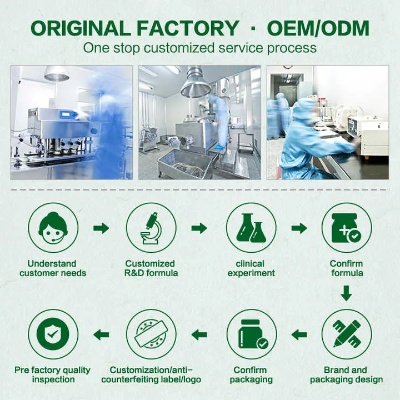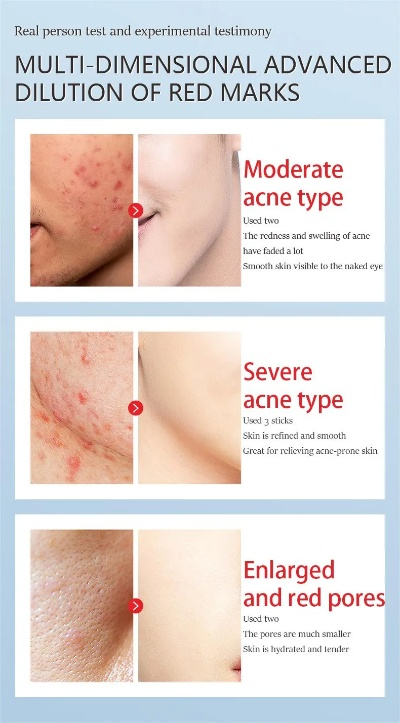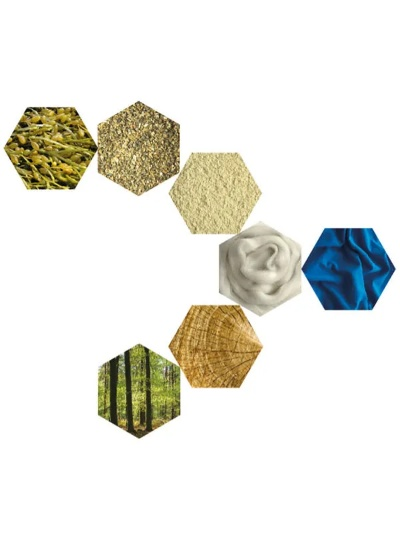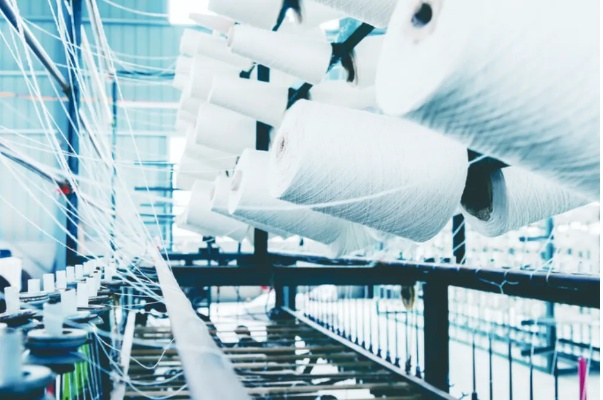Textile Skincare and Healthcare Finishing Program
Introduction: In today's fast-paced world, the demand for high-quality and eco-friendly textiles is increasing. As consumers become more conscious of their skincare and health needs, textiles that not only look good but also protect and enhance the skin's natural beauty are in high demand. This program aims to provide a comprehensive approach to skincare and healthcare finishing for textiles, using innovative technologies and materials that cater to both aesthetic and functional aspects.

Textile Skincare Principles: The skincare principles for textiles involve incorporating natural ingredients into the manufacturing process that nourish and protect the skin on contact. These include essential oils, plant extracts, and antioxidants that help reduce inflammation, improve moisture levels, and prevent premature aging. The choice of materials also plays a crucial role in ensuring effective skincare, with breathable fabrics and antibacterial coatings being key considerations.
Technologies Used in Textile Skincare: The application of technology in textile skincare is revolutionizing the industry. Here are some examples:
-
Microencapsulation Technology: This method involves encapsulating active ingredients within tiny capsules that release slowly over time, providing consistent skincare benefits.
-
Nanocoating: Using nanotechnology, textiles can be coated with nanoparticles that penetrate deep into the fabric, delivering active ingredients directly to the skin.
-
UV Protection Coatings: To protect against harmful UV rays, textiles can be treated with special coatings that block or absorb UV light before it reaches the skin.
-
Antimicrobial Finishes: To prevent bacterial growth, textiles can be treated with antimicrobial agents that inhibit the growth of bacteria and fungi.
-
Hypoallergenic Finishes: To reduce allergens, textiles can be treated with hypoallergenic substances that do not cause skin irritation or allergic reactions.
Textile Healthcare Applications: Healthcare textiles play a vital role in promoting overall well-being by protecting against infections, allergies, and other skin conditions. Here are some applications of healthcare textiles:

-
Medical Supplies: Textiles used in medical supplies such as surgical gowns, gloves, and masks are designed to minimize the risk of cross-contamination and promote patient safety.
-
Incontinence Products: Textiles used in incontinence products like underwear and liners are designed to provide comfort and protection from leakage while maintaining hygiene.
-
Diabetes Wearables: Diabetes patients often require specialized textiles that regulate temperature and moisture to prevent skin irritation and infection.
-
Burn Care: Textiles used in burn care products like bandages and dressings are designed to promote healing and reduce scarring.
-
Respiratory Protective Equipment: Textiles used in respiratory protective equipment like masks and respirators are designed to filter out pollutants and protect against infections.
Case Study: One example of a successful textile skincare and healthcare finishing program is the development of a hospital gown made from a blend of organic cotton and bamboo fibers. The gown was treated with a nanocoating that protected against bacterial growth and absorbed excess moisture, reducing the risk of skin irritation and infection for patients. Additionally, the gown incorporated a hypoallergenic finish that reduced the likelihood of allergic reactions, making it an ideal choice for patients with sensitive skin.
Conclusion: The textile skincare and healthcare finishing program discussed in this article highlights the importance of incorporating natural ingredients and advanced technologies to create textiles that not only look good but also provide skincare benefits and promote overall health. By embracing these practices, we can create textiles that meet the evolving needs of our customers and contribute to a healthier, more sustainable future.

随着人们对皮肤健康和美容的需求日益增长,纺织品在护肤保健领域的应用越来越广泛,本方案旨在提供一套完整的纺织品护肤保健整理方案,以满足不同消费者的需求,本方案将涵盖整理前的准备工作、整理过程以及整理后的效果展示。
整理前的准备工作
- 确定纺织品类型与用途 根据纺织品的使用目的,如内衣、外衣、床上用品等,选择适合的材质和工艺。
- 评估纺织品质量与安全性 对纺织品的质量、环保性、安全性进行全面评估,确保符合相关标准和法规。
- 确定整理目标与效果 根据市场需求和消费者需求,明确整理的目标与效果,如提高舒适度、抗过敏、抗污渍等。
整理过程
- 分类整理 根据纺织品的特点和用途,将纺织品进行分类整理,如内衣、外衣、床上用品等。
- 选择整理技术与方法 根据纺织品的特点和需求,选择合适的整理技术与方法,如柔软处理、抗菌处理、防污处理等。
- 整理工艺流程 制定详细的整理工艺流程,包括原料准备、预处理、染色、整理等环节。
- 注意事项 在整理过程中,需要注意以下几点: (1)确保整理工艺的环保性和安全性; (2)确保整理后的纺织品符合相关标准和法规; (3)注意保护纺织品原有的质地和颜色。
案例说明
以某品牌内衣为例,展示纺织品护肤保健整理方案的应用,该品牌内衣采用高品质面料,注重舒适度和透气性,在整理过程中,采用了柔软处理技术,使内衣更加柔软贴身,同时具有抗菌防污功能,整理后的内衣不仅提高了舒适度,还具有抗过敏和抗污渍的效果。
整理后的效果展示
- 提高舒适度:经过整理后的纺织品更加柔软贴身,能够更好地贴合皮肤,提高穿着舒适度。
- 抗过敏:经过抗菌防污处理,纺织品具有抗过敏效果,减少皮肤过敏反应。
- 抗污渍:经过特殊的防污处理,纺织品具有较好的抗污渍效果,能够保持衣物清洁卫生。
- 市场反馈:通过市场调研,该品牌内衣受到了消费者的热烈欢迎,销售业绩稳步提升。
本纺织品护肤保健整理方案旨在提供一套完整的解决方案,以满足不同消费者的需求,在整理过程中,需要注重环保性和安全性,同时确保整理后的纺织品符合相关标准和法规,通过案例说明和效果展示,可以看出本方案在实际应用中的效果和优势,我们将继续关注纺织品护肤保健领域的发展趋势,不断创新和完善本方案,为消费者提供更好的产品和服务。
Articles related to the knowledge points of this article:
The Journey of Exquisite Durable Textiles an Insight into 秀力达纺织品



